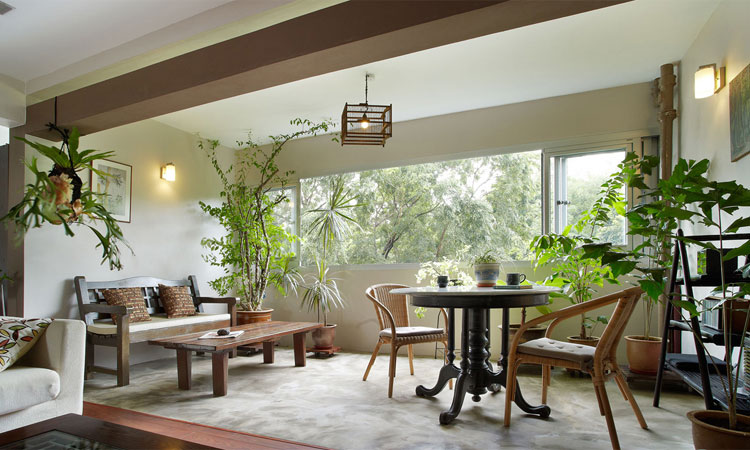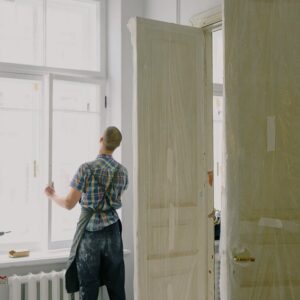The concept of Green Architecture has become synonymous with Sustainable Architecture. It’s a concept composed of theory, science and style of buildings that are designed and built in accordance with environmentally friendly principles.
There has been much attention paid to the contribution of cars and road use on climate change. The single greatest contributor being, buildings worldwide as they account for over 45% of energy consumption and nearly as much greenhouse gas emissions.
Therefore a shift in policy focus is needed and getting green-building design to hit the masses is a huge but necessary task.
What are environmentally friendly principles?
● Energy efficiency
The global population is set to increase by a further 2 billion over the next 30 years. As over 70% of the world’s population is living in cities, there is and will continue to be an unprecedented demand for energy across the globe.
Architects must now focus on striking a balance between design and sustainability. A healthy interior environment can be achieved through the use of renewable energy and harnessing natural energy sources.
Alternative sources of renewable energy can be found in passive and active solar energy or hydro energy for generating heat and hot water. When the use of renewable and natural energies are implemented, there’s evidence for the entire operating costs of the building being reduced.
● Water efficiency
A key factor in a building’s environmental impact is its use of water. Whilst most commonly sources from natural groundwater, lying beneath the surface, it becomes depleted at a greater speed than its ability to replenish itself.
Water is an imperative material in the construction, operation and maintenance of a building.It has become imperative for buildings to source water from alternative places for heating, hot water and sewage disposal throughout the lifetime of the building- with the aim of reducing use and conserving water supplies.
One way this is achieved is by installing specialised plumbing systems that recycle water from toilets and conserve the supply of water through low-flow flush toilets and showers.
● Land use efficiency
Traditionally, building projects consumed the space that was known as ‘greenfield sites’. These large stretches of unused rural land are commonly used for the building of housing estates and industrial retail parks.
The devastating impact on the local environment was destroying wildlife habitats and polluting clean air. Green architecture has set forth to consciously choose other development sites. As such, it’s become increasingly preferable for green architects to turn to urban infill patches of land in towns or cities.
Building projects in these areas are thought to have less of a negative impact on the environment. For example, sites, where a building has been demolished, can be rebuilt with sustainable practices.
Hence, preserving rural areas and improving the quality of the built environment in towns and cities.
● Waste reduction
The main purpose of green architecture is to reduce the building structures impact on the environment and minimise waste through consumption, for the entire lifetime of the structure. This is primarily achieved by increasing energy efficiency and reducing waste and degradation of the environment.
One basic way to reduce waste is simply to minimise the number of resources consumed in construction. However, Minimilising waste isn’t always about using fewer materials but rather, using the right ones in an efficient way. In doing so, there is evidence that the operating costs of the building will become cheaper.
Construction is one thing, but the continued use of the building is another. Sustainable architects aim to minimise waste in the number of resources consumed in use. Using self-conserving materials, insulated heating and water-conserving materials is key to sustainable design.
Understanding the limitations to green design
For many green architectures is a dream come true. Especially for most ecologists and environmentalists. However, it’s not without its pitfalls- in particular for the wider economy. Many have argued that mass green architecture presents hindrance in the industrial world.
To get green architecture up and running on a mass scale, it requires mass investment and sourcing renewable materials. Deforestation is a renewable source of materials and energy. However, it has also caused notable Ozone depletion.
The battle for and against deforestation leaves green architects lagging behind. This is because immense deforestation frequently causes human violations into several ecosystems. In addition to this, constructing green buildings costs significantly more than most conventional buildings. The special equipment and materials that must be bought, operated and maintained adds to the monetary costs of green construction.




